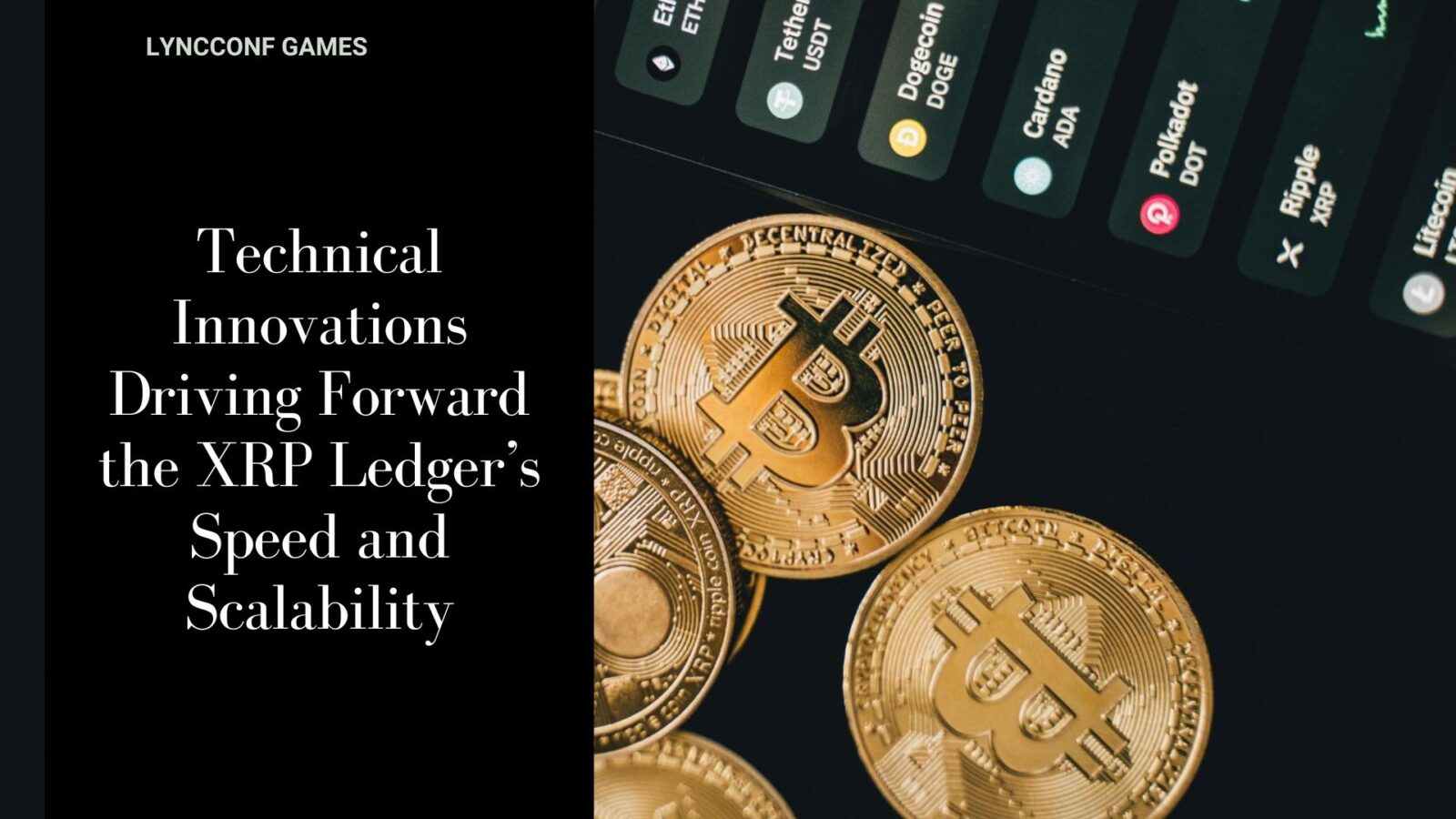
The XRP Ledger is highly popular due to its high effectiveness and design preferences, which set it apart from traditional blockchain forms. Scalability and speed are still sensations in the financial and technological worlds.
With the maturing of blockchain development comes the increasing need for high-speed, scalable and secure systems. Financial institutions, payment networks, and developers need solutions that can accommodate real-time demands without compromising security. Here, XRP has consistently been cited as a blockchain asset explicitly designed to facilitate high scalability and high-speed performance and avoid many of the problems of previous networks.
Table of Contents
ToggleHow XRP Ledger Transacts
The consensus mechanism is one of the defining aspects of the XRP Ledger. Just as Bitcoin employs proof-of-work or Ethereum employs proof-of-stake, XRP employs a consensus protocol not based on energy-thirsty mining. Validators reach consensus in a few seconds regarding the ordering and validity of the submitted transactions, facilitating near-instant finality.
This architecture allows for fast transaction settlement without the need for competitive mining or varying confirmation times. The consensus system of the ledger also helps make it very efficient and helps lower environmental costs that are typically a point of criticism in debates about blockchains.
Low Latency and High Throughput in International Payments
In a global economy where cross-border payments can take days for settlement, speed is important. The XRP Ledger was created with this in mind and has a transaction volume capable of handling around 1,500 transactions per second. While this is lower than a few newer experimental blockchains, it strikes a reliable balance between speed and security.
Per Binance crypto exchange data, XRP has recently traded in the region of $0.53, highlighting its persistence in the market not just as a financial instrument but also as a technological foundation. The persistence of the ledger velocity in terms of consistency helped sustain the interest in the coin, mainly among developers and enterprises that seek real-world use cases rather than mere speculations.
Low latency enhances the user experience. It also enables the ledger to accommodate global-scale applications like remittances and real-time settlements. The design is particularly opportune given the rising global need for instant financial services.
Prioritizing Energy Efficiency
Energy use is the primary subject of discourse in the debate about blockchain. With global attention towards sustainability, institutions typically prefer low-energy networks. Overall, the XRP Ledger consumes very little energy. This is especially so when compared to proof-of-work blockchains, as it does not incorporate mining equipment.
Moreover, this is a very effective solution and it can support thousands of transactions while utilizing a fraction of the energy the traditional systems consume. This aspect raises the appeal for businesses targeting sustainability goals in a world more sensitive to the environment’s footprint.
Binance Co-Founder Yi He encapsulated the system altering power of crypto in broader terms, stating: “Crypto isn’t just the future of finance – it’s already reshaping the system, one day at a time.” Energy-conscious technologies, such as the XRP Ledger, reveal how blockchain adapts to new global imperatives.
In-Built Features Supporting Developers and Institutions
Aside from scalability and speed, the XRP Ledger also incorporates embedded functions and is hence preferred by developers and institutions. It also includes in-built functions for proprietary token issuing and support for payment channels and decentralized exchanges. The abilities reduce the use of third-party applications or additional layers and also leave the developers at liberty to develop applications directly onto the ledger without complexities.

The institutions also gain from such tools, especially in terms of handling settlement-dense assets or intricate cross-border coordination. The in-built functionalities being production-ready lowers development time and provides assurance in the ledger’s sustainability in the long run.
Binance statistics reveal that the overall blockchain system increases in tandem, despite the fact that Ethereum was traded in the recent past at about $2,400. These indicators reveal the relative ranking of the various blockchains in the system, which possess various technical advantages. The in-built solutions and the stable nature of the XRP Ledger render it a pragmatic solution for the various applications in real life.
Challenges and Future Scalability Possibilities
While the XRP Ledger has solid technical underpinnings, it still faces challenges. Competing blockchains are pushing bigger batches of transactions, more advanced smart contract functions and novel consensus protocols. The ledger will need to evolve in comparable proportion in turn in order to match them, not least as decentralised finance (DeFi) and tokenisation continue.
But the XRP Ledger also presents a chance. It has a pre-existing network of validators behind it, a track record of reliability and worldwide recognition upon which it can build and expand. Ongoing innovation in the field of interoperability and sidechains can build further upon its potential and keep it up to date in a fast-moving world of blockchains.
The XRP Ledger has carved out a different space in the universe of blockchains by placing a emphasis upon speediness, scalability and energy efficiency. High volume throughput, in-built features and consensus protocol make it efficient for applications for which reliability and transparency at a large scale are significant.
Finally, with the advancements in the arena of the technology of blockchains, the XRP Ledger enunciates the way innovations in the name of operating efficiencies can not only facilitate financial services but broader institutional and technological ambitions. Speediness, clarity and sustainability in tandem make it a point of reference in the debate about the scalability-centric horizon of the blockchain.






